Green Snails: Valuable Aliens
By Alison Barrat and Alexandra Dempsey
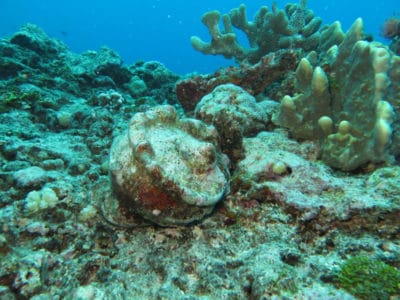
You don’t have to look too far to find a horror story about an invasive species that has completely disrupted a natural ecosystem. Cane toads in Australia come to mind or Pythons in the Everglades or even lionfish in the Caribbean. But what about introductions that have gone well? Those are few and far between and in many cases the jury is still out.
Back in 1967 scientists deliberately introduced 42 non-native green snails, Turbo marmorartus , on a single reef on the south-east coast of Tahiti. They hoped that since this was an IndoPacific species that just didn’t range as far as French Polynesia that the animals would be more or less within their natural ecosystem and would establish a strong presence. Their goal was to create a large enough population of the snails to open a fishery for them, as both the shell and the meat of the snail are commercially valuable. How the snails fared over the last fifty years is not exactly what the scientists expected.
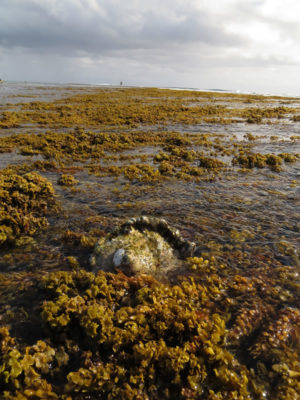
THE BOOM….
The snails were not heavily monitored rather, periodically checked on. In the first five years after their introduction the snail population had spread about 30 km west. Then, scientists did the first census in the late 1970’s and counted many snails on the east coast but none on the west coast of Tahiti. Next, in the 80’s and 90’s the snails were introduced further afield to other more remote islands. And, in 1993 the first fishery opened at the original site. A staggering 53,000 animals were collected netting almost one million US dollars.
….AND THE BUST
Poachers took note and by the early 90’s they had been caught with over 40,000 animals. The introductions continued, in 1996 ten locations in the eastern Tuamotu island group each received 100 snails. However, these snails did not flourish into thousands of animals as the original snails had done. In a survey carried out just two years later in 1998, scientists did not find a single individual living snail at any of the ten reefs. In some cases they found the broken open shells, the animals themselves presumably eaten by some large looking triggerfish. When the fishery opened at the original site again in the year 2000 only three thousand snails were caught.
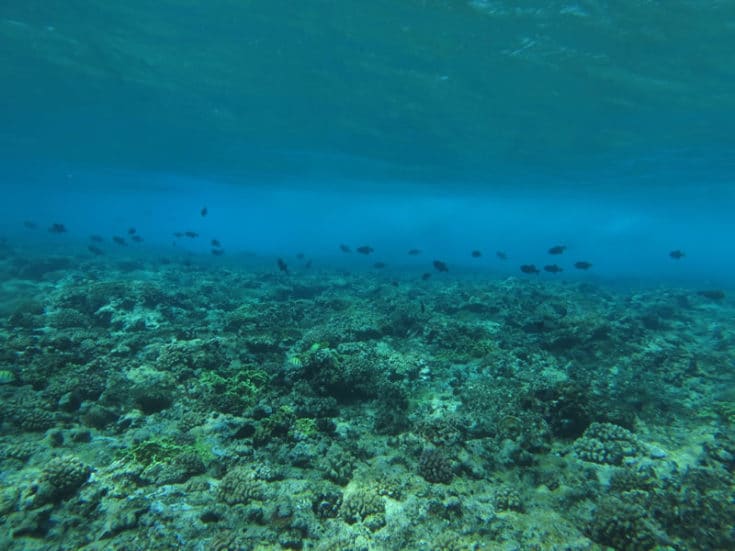
Since then the fishery has remained closed and population counts of the snails have been sporadic and often anecdotal. So it was with great intrigue that we began a population count of green snails.
HOW MANY ARE THERE NOW?
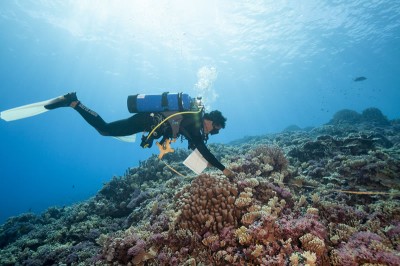
During 2012 and 2013, as part of our Global Reef Expedition, we surveyed 23 atolls and islands across French Polynesia. In addition to our usual scientific survey data (read our methodology ) we specifically counted Turbo marmorartus to find out if they had bounced back, and if the fishery could be re-opened.
After 45 years of natural dispersal and controlled transfers throughout the Society, Tuamotu, and Gambier archipelagos we found that the green snail had totally failed to colonize the Tuamotu and Gambier archipelagos. However the Society Islands were different, the snails had successfully colonized the fore reefs of many of the atolls and islands including some of the western Society Islands where they’d never been deliberately introduced. This means that either local people had unofficially moved them or the snails’ larvae had been swept there by ocean currents.
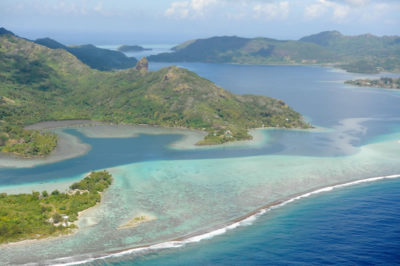
FISHING FOR SNAILS
Our data shows that a rotational opening of the green snail fishery could be possible, but we still need to know more about green snail biology, particularly how these snails interact with the other reef creatures.
Although you could call the green snail introduction in French Polynesia a successful species introduction it isn’t a successful fishery just yet. If harvesting is not eventually allowed, the point of the green snail introduction will be missed. However, if the fishery is opened without regulation the green snail population will likely collapse and a new fishery resource will vanish.
WHAT NOW
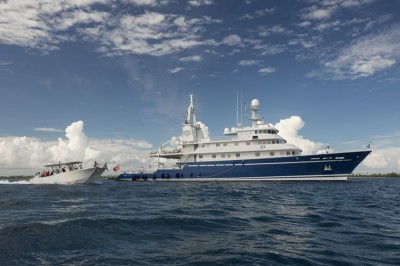
The take home message from green snail introduction to French Polynesia really is that management and regulation of our ocean’s resources are critical. And, that our actions can very quickly positively and negatively affect the livelihoods of people that so desperately depend on the sea.
(Home page slide show green snail photo: Nacre gunpowder flask, circa 1750, mostly consisting of the polished shell of a large sea snail Turbo marmoratus. “Powder flask img 2091“. Licensed under Creative Commons Attribution-Share Alike 3.0 via Wikimedia Commons)